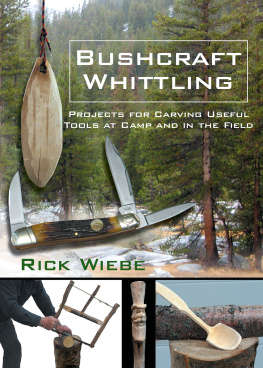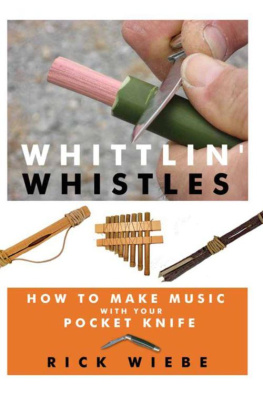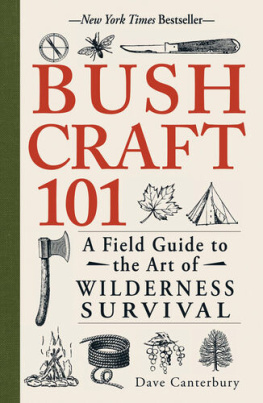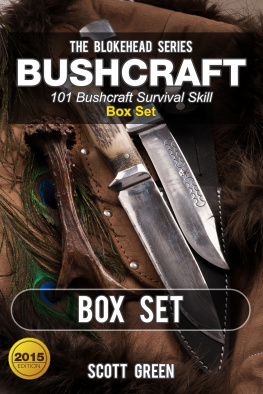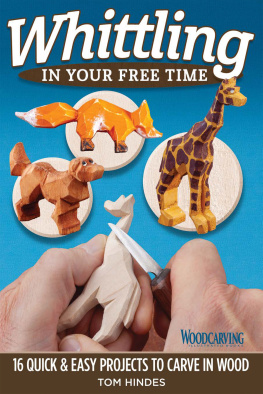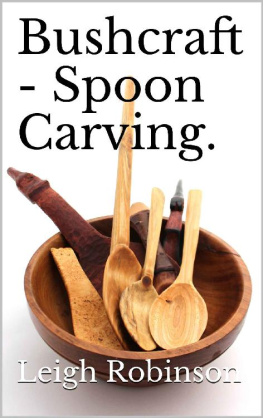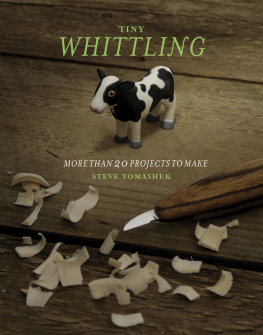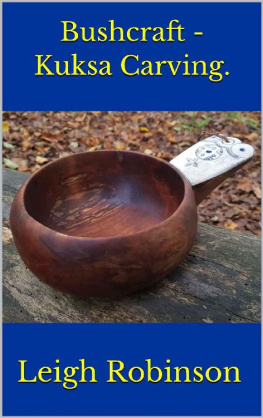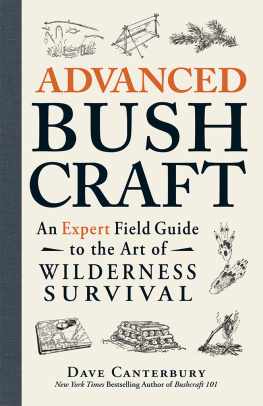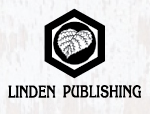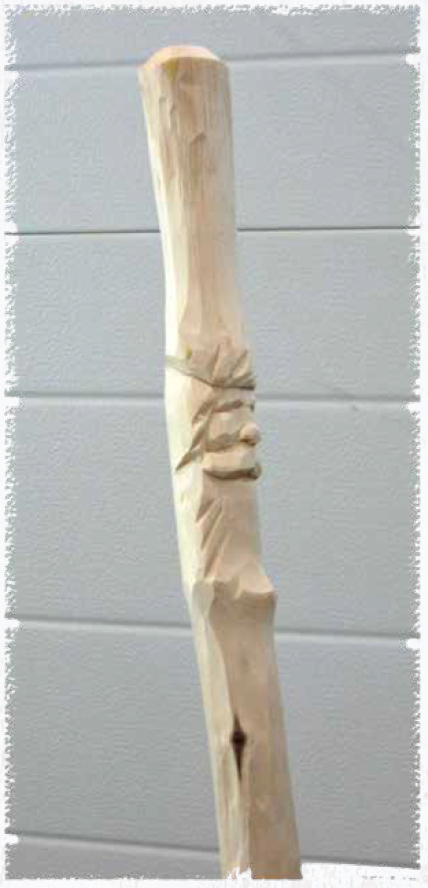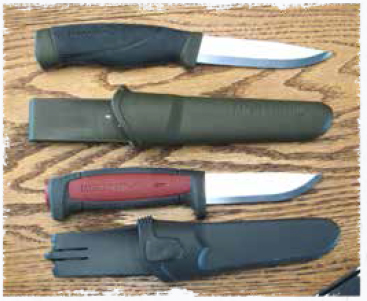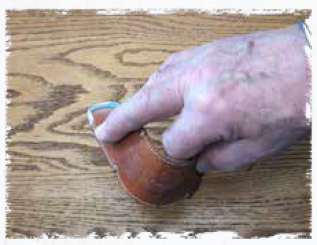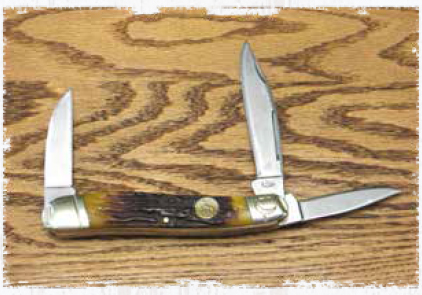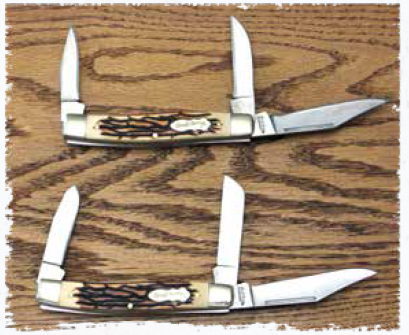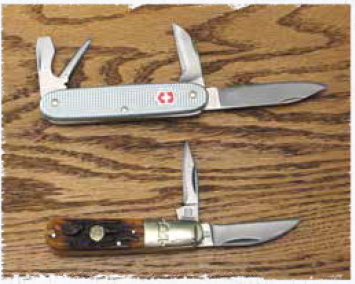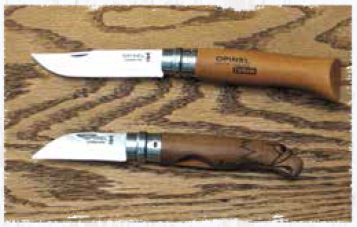Contents
Page List
Guide
Bushcraft Whittling
Rick Wiebe
Bushcraft Whittling
copyright Rick Wiebe 2021
All rights reserved. No part of this book may be reproduced or transmitted in any form or by any means, electronic or mechanical, including photocopying, recording, or by an information storage and retrieval system, without written permission from the publisher.
Interior layout by Carla Green, Clarity Designworks
ISBN: 978-161035-992-4
1 3 5 7 9 8 6 4 2
Woodworking is inherently dangerous. Your safety is your responsibility. Neither Linden Publishing nor the author assume any responsibility for any injuries or accidents.
Linden Publishing titles may be purchased in quantity at special discounts for educational, business, or promotional use. To inquire about discount pricing, please refer to the contact information below. For permission to use any portion of this book for academic purposes, please contact the Copyright Clearance Center at www.copyright.com
Printed in the United States of America
Library of Congress Cataloging-in-Publication data on file
Linden Publishing, Inc.
2006 S. Mary
Fresno, CA 93721
www.lindenpub.com
Contents
Introduction
S ixty-five years ago, I was a bushcraft whittler. I did not know it at the time, because bushcraft wasnt even a word. I do not remember if I even thought of myself as a whittler. I just did it.
Im going to the bush with Sandy was what I told Mom as I headed out the door. Sandy was my best friend who lived a block away. Half a block away was a big patch of forestthe bush. We had great times building forts, pretending we were Robin Hood or Davy Crockett, getting dirty, and just having as much fun as a couple of boys could.
Whittlin with knife, axe, and saw was always a part of these adventures, and we often brought materials gathered in the bush home to continue our projects.
We had no instruction. We just got an idea and tried it, and as we did, our skills grew and our projects even, sometimes, started to look like what we had envisioned. It was great fun.
I never outgrew it.
It actually has become kind of an obsession. I always have at least one knife with me. Trees tremble when I approachespecially aspens. I indulge in this three-dimensional doodling whenever I can. Its fun, and I have found that lots of other people, with a little instruction and encouragement, enjoy it too.
It has never been easier to get all kinds of information, instruction, and ideas on pretty much anything that can be imagined and several things that seem unimaginable! Bushcraft and whittlin are amazingly well represented on YouTube. A lot of the information there is very good.
While the information and inspiration is easy to obtain, it might be a lot harder now for todays budding whittler to actually do it.
This book was written in the hope that readers will get inspired to go beyond the ideas, and gear, and do it!
I really hope that these pages will give you some basic information that will speed up the learning process, but more than anything I would like to give you a little nudge, even a push.
Just do it!
CHAPTER 1
~~~
Tools of the Craft
O nly a few tools are necessary to do bushcraft whittlin, but having the right ones in the right condition will make the work easier and a lot more fun.
The basic bushcraft toolsknife, axe, and saware really all that are needed to get started. If you have been doing some bushcrafting already, you will be able to use what you have, but here are a few things that might be worth considering.
FIRST THINGS FIRST
You cant whittle without a sharp knife, so lets start there. Most bushcrafters have and use a simple sheath knife, and it is hard to beat a Mora knife. They come in several models and sizes, but any of them, except for the really big ones, will serve for the projects in this book.
On the following pages, Ill show you some of my favorites, why I like them, and what you might in your personal toolkit.
A quick word about sheaths: Have nothing to do with carrying a knife in a sheath that can be bent with the fingers, as shown in this photo. Very unsafe.
Moras are sometimes criticized for their sheaths, mostly because they are not leather (horrors!), but they are very functional and safe. Many leather ones that come with even expensive knives are not safe. Actually, the sheath is one of the great things about a Mora. It has no straps and snaps, and that facilitates accessing and replacing the knife with one hand. Ease of doing these routine things helps prevent loss, since most lost knives are walked away from, not dropped.
Some people prefer a folding knife. A large folder with one or two blades can do pretty much everything that a non-folder will do. Actually, a jumbo stock knife with three blades, especially one modified like the one in this photo, might be able to do every bushcraft task that is required. I would not feel at all handicapped if that was the only knife I had for bushcraft and bushcraft whittlin.
A smaller knife is very desirable for any kind of detailed whittlin. The rule of thumb is to use the smallest blade that will do the job, because smaller blades are easier to control, and control is really what its all about. With that in mind, the bushcraft whittler will find it very helpful to have, in addition to the regular all-purpose bushcraft knife, a smaller pocketknife with two or three blades, like the ones below. If the blades have been modified a bit to make them even more useful for whittlin, so much the better. Compare the knives in these photos.
It is easy to see that the top one has been modified. These alterations are not at all difficult to accomplish. A good file and a sharpening stone are all that a handy person (and bushcrafters are the embodiment of handy people) will need to do the job.
This Swiss Army knife, with two blades that have been slightly modified, and an awl, might just be the perfect pocketknife for the bushcraft whittler.
The single-bladed Opinel #8 below makes a good bushcrafting knife and the modified one makes a good secondary one. Very inexpensive but very good!

